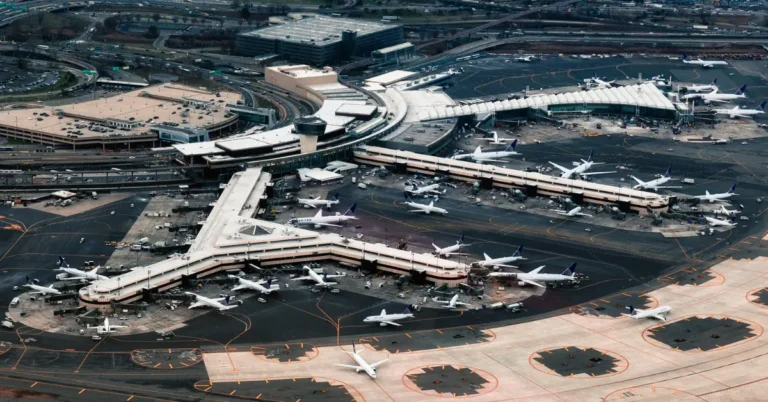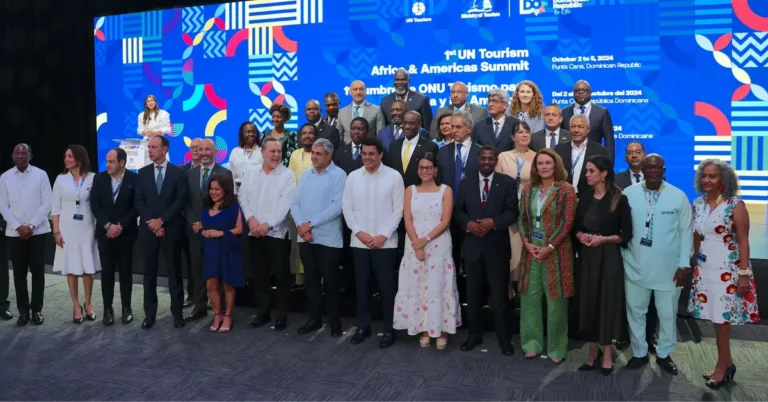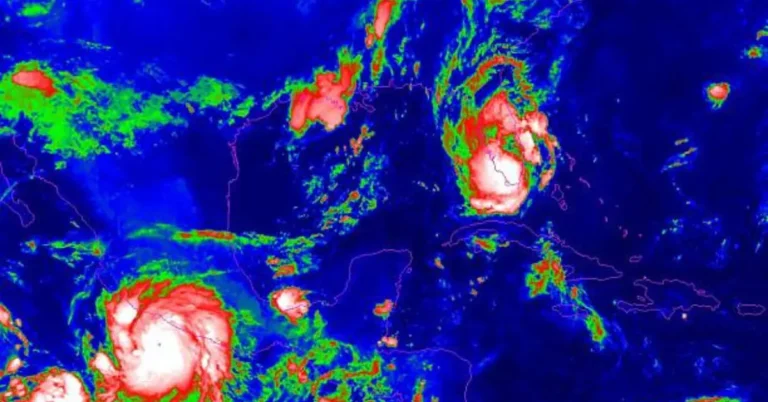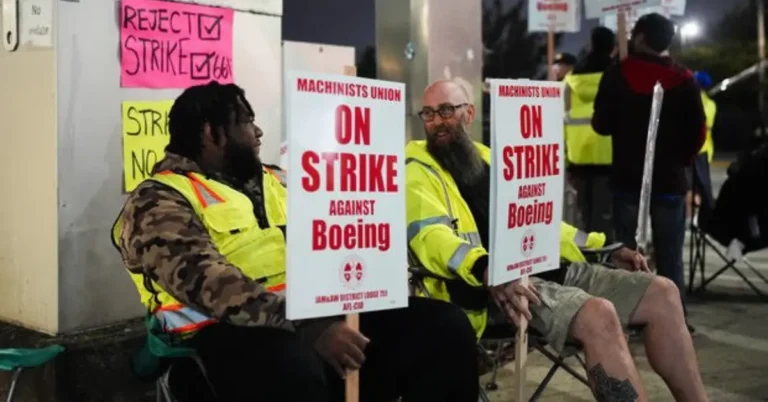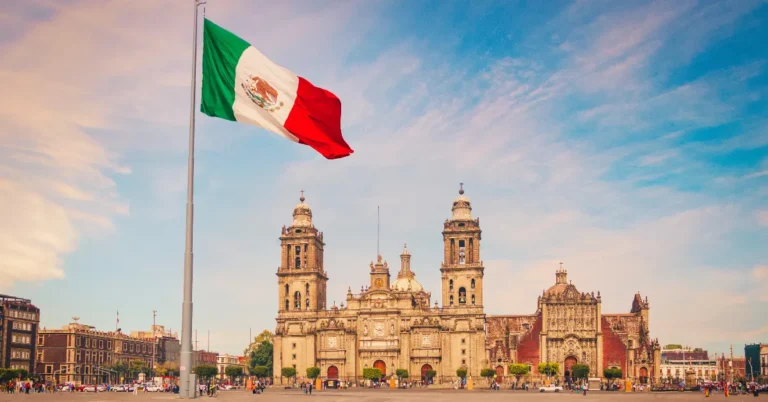While Americans travel less than other nationalities, it's not just about limited vacation time or high costs. Work culture, finances, and cultural values play a role, but remote work, budget travel, and a desire for authentic experiences are changing the game.

Picture this: A sun-drenched piazza in Rome, where a stylish Italian leisurely sips espresso, the worries of the world seemingly miles away.
Cut to an American, eyes glued to a laptop screen, inhaling a bagel while navigating rush hour traffic.
Two worlds, two lifestyles – and a question that has sparked countless debates: Is the American Dream hindering the dream vacation?
The recent buzz surrounding American travel habits has ignited a global conversation.
Articles on Upworthy and Distractify humorously dissected the reasons why Americans seem to lag behind other nations in the travel department, often citing a lack of paid time off (PTO) and the high cost of travel. But is the truth as simple as it seems?
Let’s dive deeper into the factors influencing American wanderlust and uncover the surprising ways the landscape is shifting.
Mythbusters: Debunking the Workaholic Nation
Let’s be honest: Americans have a reputation for being workaholics, glued to their laptops and fueled by ambition.
However, data reveals a different story. While the “hustle culture” certainly exists, the average American works 38.7 hours a week – not far off from the 36.8-hour OECD average.
In fact, countries like Mexico and Costa Rica actually work longer hours.
So, while Americans might not be sipping margaritas on a beach every day, they’re also not quite the cubicle-bound robots we imagine.
The real culprit? The American work ethos. The pursuit of the “American Dream” often involves prioritizing career advancement over leisure time.
The pressure to succeed, coupled with the “always-on” mentality of the digital age, can leave little time or energy for planning that dream vacation.
Also Read: Unexpected RNC Winner: Racine’s Tourism Takes Center Stage
PTO or FOMO? The American Vacation Conundrum
Imagine this: You’ve finally earned that coveted week of paid time off (PTO).
But instead of sipping cocktails on a Caribbean beach, you’re glued to your phone, answering work emails and feeling guilty for not being “productive.” Sounds familiar?
Welcome to the American vacation paradox. While many companies offer PTO, there’s an underlying pressure to “earn” it by working long hours.
The result? A nation of vacation-deprived individuals who struggle to disconnect from work.
A 2022 study revealed that 55% of Americans don’t use all their vacation days, leaving an average of 768 million days unused annually.
Even when Americans do manage to escape, financial constraints often dictate their choices.
The average cost of a weeklong domestic vacation is $1,558, while an international trip can easily set you back $3,500 or more.
With student loan debt, rising living costs, and the lure of consumerism, it’s no wonder many opt for staycations or shorter, budget-friendly trips.
Also Read: Hobby Airport Runway Closure Sparks Flight Disruptions: What Travelers Need to Know
Sticker Shock: The Price of Seeing the World
Let’s be real: travel can be expensive. Flights, hotels, meals, activities – it all adds up.
For many Americans, the cost of travel is a significant barrier, especially when considering international destinations.
In fact, a recent survey found that 59% of Americans cite cost as the primary reason they don’t travel more.
But fear not, intrepid explorers! There are ways to navigate the financial maze and make your travel dreams a reality.
Budget airlines, hostels, and off-the-beaten-path destinations offer more affordable options.
Plus, with savvy planning and a bit of research, you can score incredible deals on flights and accommodations.
Also Read: DOT Refund Policies 2024: AI Streamlines Claims & Empowers Passengers
Beyond Burgers and Beaches: Cultural Perspectives on Travel
While Americans may not hold the record for most stamps in their passports, their travel preferences are evolving.
The days of simply checking off tourist attractions are numbered.
Today’s travelers crave authentic experiences, cultural immersion, and meaningful connections with local communities.
This shift reflects a growing desire to broaden horizons and gain a deeper understanding of the world.
It’s about more than just ticking off bucket list items; it’s about personal growth, learning, and adventure.
Platforms like Vrbo Experiences and Eatwith offer unique opportunities to connect with locals and explore destinations through a more personal lens.
Also Read: Is Delta Safe? Two Mechanical Failures in 24 Hours Raise Alarm Bells
The Great American Travel Evolution: Remote Work and Wanderlust
The pandemic may have brought travel to a standstill, but it also sparked a revolution.
The rise of remote work has liberated millions of Americans from their desks, allowing them to work from anywhere with an internet connection.
The result? A surge in digital nomads who are redefining the concept of work-life balance.
These intrepid souls are living their best lives, working from exotic locales and immersing themselves in new cultures.
But even for those with traditional jobs, the travel landscape is changing. Weekend getaways, workcations, and “bleisure” travel (combining business and leisure) are all on the rise.
Americans are finding creative ways to weave travel into their busy lives, proving that wanderlust and work ethic are not mutually exclusive.
Also Read: Hidden Cameras and Burglary Tourism: A Growing Threat to Travelers
Conclusion: The Future of American Travel
So, what does the future hold for American travel? The answer is exciting and full of possibilities. The traditional barriers to travel are being challenged, and a new generation of explorers is emerging.
The American traveler is evolving. They’re seeking deeper connections, embracing cultural immersion, and leveraging technology to create a more fulfilling travel experience.
So, the next time you encounter a stressed-out American glued to their laptop, don’t write them off as a workaholic.
They might just be planning their next great adventure – a journey that will not only expand their horizons but also reshape the narrative of American travel.

